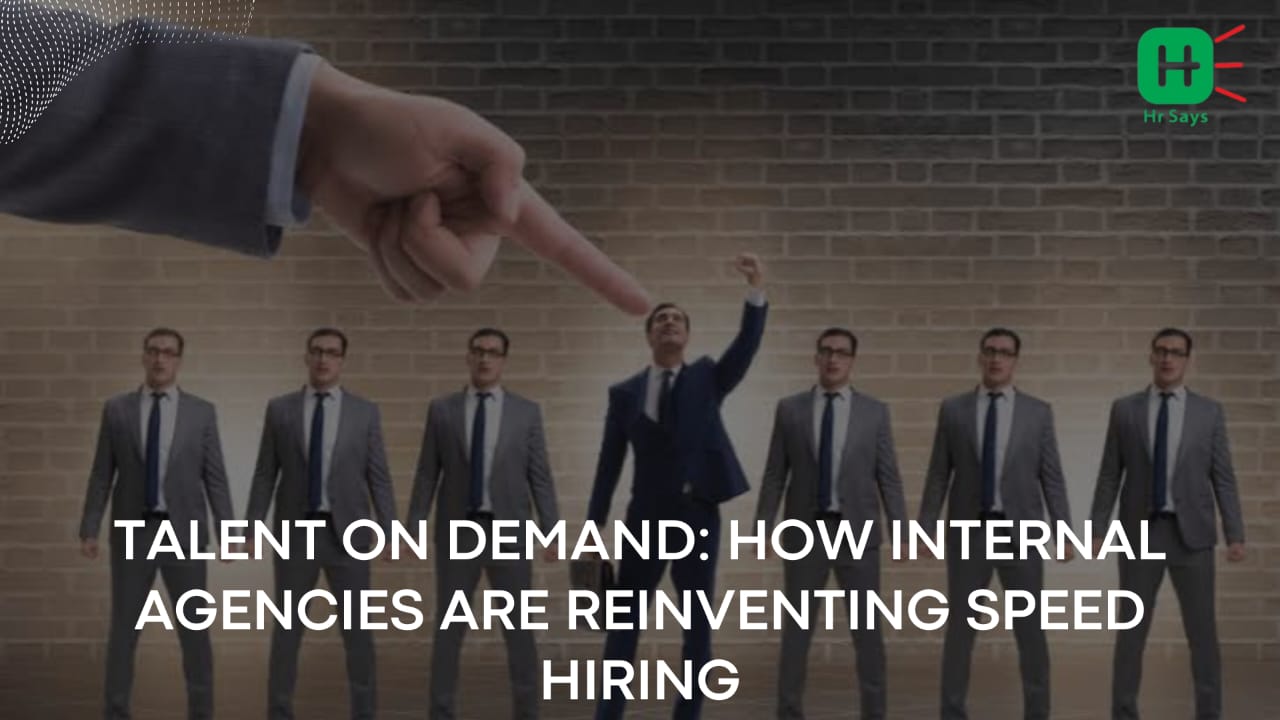Why wait months to fill a critical role when the right talent may already be sitting within your walls? In today’s fast-moving business world, speed is everything. Internal talent agencies are turning the hiring game around—quietly, efficiently, and from the inside out.
The Urgent Need for Speed
Every delay in hiring costs time, money, and momentum. Teams wait. Projects stall. Frustration brews.
Speed hiring isn’t just a buzzword. It’s survival. And most traditional recruitment models can’t keep up. Long cycles, over-reliance on external firms, and scattered internal processes slow things down.
That’s where internal talent agencies step in.
What Is an Internal Talent Agency?
A centralized, in-house recruitment unit that functions like an external search firm—but for your own people.
These agencies:
● Source internal talent quickly
● Align candidates with future growth paths
● Help reduce recruitment costs
● Strengthen internal mobility
Not just HR—but an embedded team that knows your culture, your gaps, your people.
How Internal Talent Agencies Work
Internal talent agencies are designed for agility.
Internal Market Mapping
The agency constantly tracks employee skills, interests, and growth potential. It’s like an internal
LinkedIn—but smarter.
● Skills inventories
● Manager referrals
● Learning platform insights
Proactive Talent Pipelines
Instead of waiting for a role to open, they build future-ready talent pools. They ask: who’s ready
now? Who could be ready soon?
On-Demand Deployment
The moment a team raises a need, the agency taps its internal list. No job postings. No lengthy
screening.
Just quick, trusted matchmaking.
Building One: What It Takes
It’s not plug-and-play. An internal agency needs structure.
1. Executive Buy-In
Leaders must believe in internal mobility and invest in its systems.
2. Technology Backbone
A centralized talent dashboard is a must. Tracking, analyzing, matching—all in real-time.
3. Clear Ownership
Someone has to run it like a business. With KPIs. With urgency.
4. Employee Trust
Employees must see internal movement as growth, not as fallback. This requires
communication. Consistency. And clarity.
Benefits That Go Beyond Speed
Fast hiring is just the beginning.
An internal agency also:
● Retains top talent
● Boosts morale through mobility
● Reduces dependency on outside vendors
● Makes succession planning easier
And yes—employees feel seen. And that changes everything.
Final Thought
In a talent-tight market, waiting is risky. Building an internal talent agency won’t just make hiring faster. It’ll make it smarter.
Because sometimes, the best person for the job isn’t out there. They’re already in.

 Internal talent agencies help companies hire faster by tapping into existing employee potential. With the right structure and strategy, they reduce costs, speed up placement, and improve retention—offering a smarter alternative to traditional recruitment.
Internal talent agencies help companies hire faster by tapping into existing employee potential. With the right structure and strategy, they reduce costs, speed up placement, and improve retention—offering a smarter alternative to traditional recruitment.












.jpeg)
.jpeg)

.jpeg)

.jpeg)


.jpeg)

.jpeg)

.jpeg)


